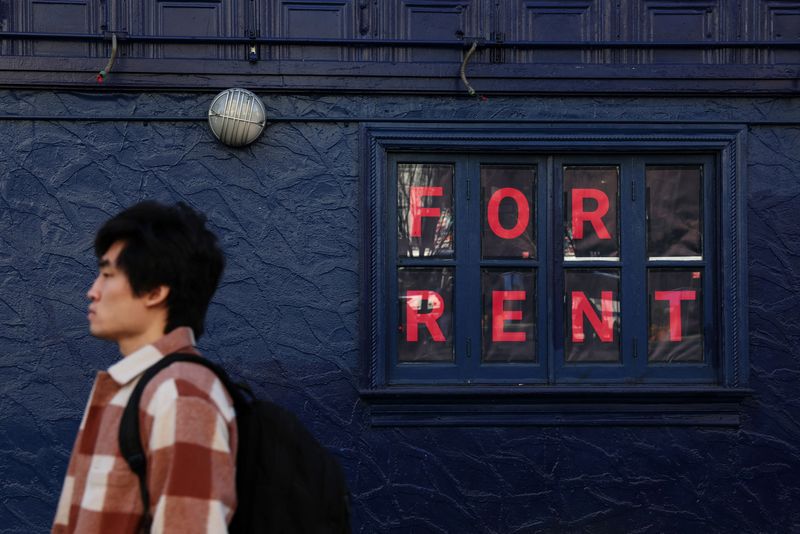In a recent report by the Federal Reserve Bank of Cleveland, economists forecast that rent inflation will exert continuous pressure on consumers until at least mid-2026, significantly complicating the Federal Reserve’s efforts to achieve its inflation target of 2%. The report highlights that the current rent inflation linked to the Consumer Price Index (CPI) is expected to remain above the pre-pandemic norm of approximately 3.5%. One of the central issues identified contributing to this persistent rent inflation is the noticeable gap between the rates of new rents and those for existing leases. The analysis indicates that considerable increases in new rentals will take time to affect existing rental agreements, suggesting that tenants are likely to face ongoing rent hikes.
The data presented in the report reveals a remarkably wider rent gap than experienced prior to the pandemic. As of September 2024, the estimated rent gap is projected to be nearly 5.5%, which implies that there remains a significant amount of potential rent inflation poised to impact existing tenants as lease renewals become due. This ongoing gap may act as a critical driver of rent inflation, complicating the Federal Reserve’s objective of regulating overall inflation rates following a surge triggered by the pandemic. The persistence of such inflationary pressures underscores the potential for an extended period of elevated rents, which could stymie broader economic recovery and consumer spending.
Despite concerns surrounding rent inflation, Fed officials maintain an optimistic outlook, asserting that overall inflation is gradually returning to the 2% target. Recent moves by the central bank include starting a rate cut campaign aimed at normalizing monetary policy. Economists believe that easing pressures in the housing market will support this process, as decreased rent inflation could eventually lower the housing component of overall price indices. In early October, researchers noted a decrease in annualized rent growth, which fell to 4.6% compared to a peak of 6.8% in 2023. This deceleration indicates that while rental growth is still significant, there are signs of moderation.
Moreover, officials from the St. Louis Federal Reserve noted that the expected reduction in shelter prices will likely contribute to a decline in overall inflation rates over time. They expressed confidence in the possibility of achieving the 2% inflation target measured by the personal consumption expenditures index in the coming quarters. The positive outlook for declining inflation is reinforced by the belief that current shelter inflation is primarily influenced by existing rents still adjusting to match new market rents, particularly as new rentals experience slower price increases. This relationship denotes a hopeful trajectory for eventually stabilizing rent inflation.
Key figures from the Federal Reserve, such as Boston Fed President Susan Collins, have emphasized the persistence of shelter prices, which remains a challenging component of inflation metrics. However, Collins pointed out that the current dynamics suggest there are promising indicators for rent moderation ahead, as a slowdown in new rent increases may eventually cascade into lower rental costs for ongoing leases. The reduction in new rent prices is also thought to correlate with a less competitive job market, further contributing to the easing of inflationary pressures in the housing sector.
In conclusion, while the Federal Reserve Bank of Cleveland’s report paints a challenging picture of ongoing rent inflation, the Fed’s broader economic outlook remains cautiously optimistic. By closely monitoring the interplay between new and existing rental rates and considering the impact of current market conditions on future inflation rates, the Fed aims to navigate its monetary policy effectively. The anticipated shift in housing markets and rental prices may play a crucial role in achieving broader inflation stabilization, allowing the Fed to reach its targeted inflation benchmarks over the next several years. As the economy adapts post-pandemic, the interplay between wages, rents, and inflation will remain a key area for economists and policymakers going forward.

